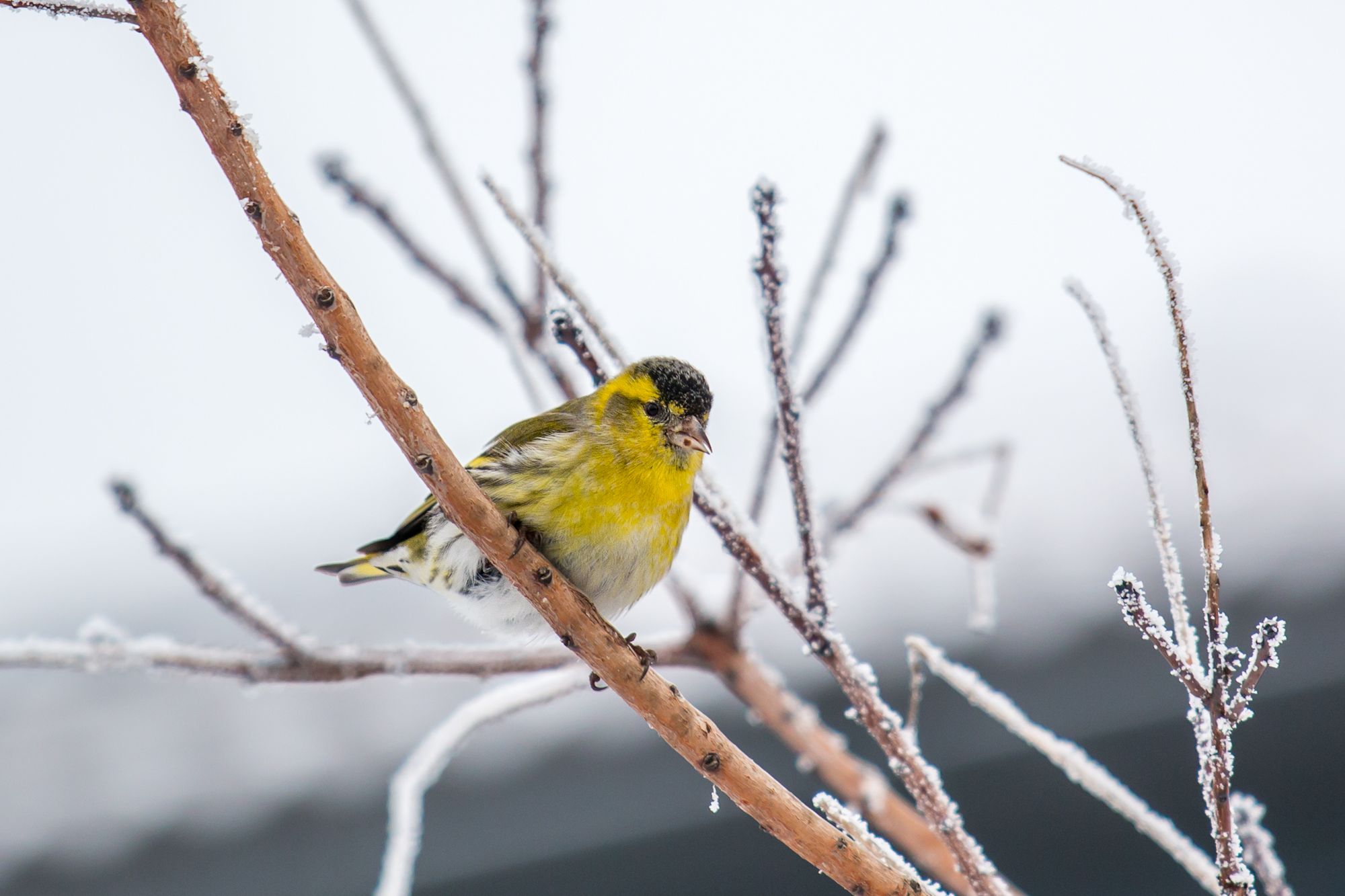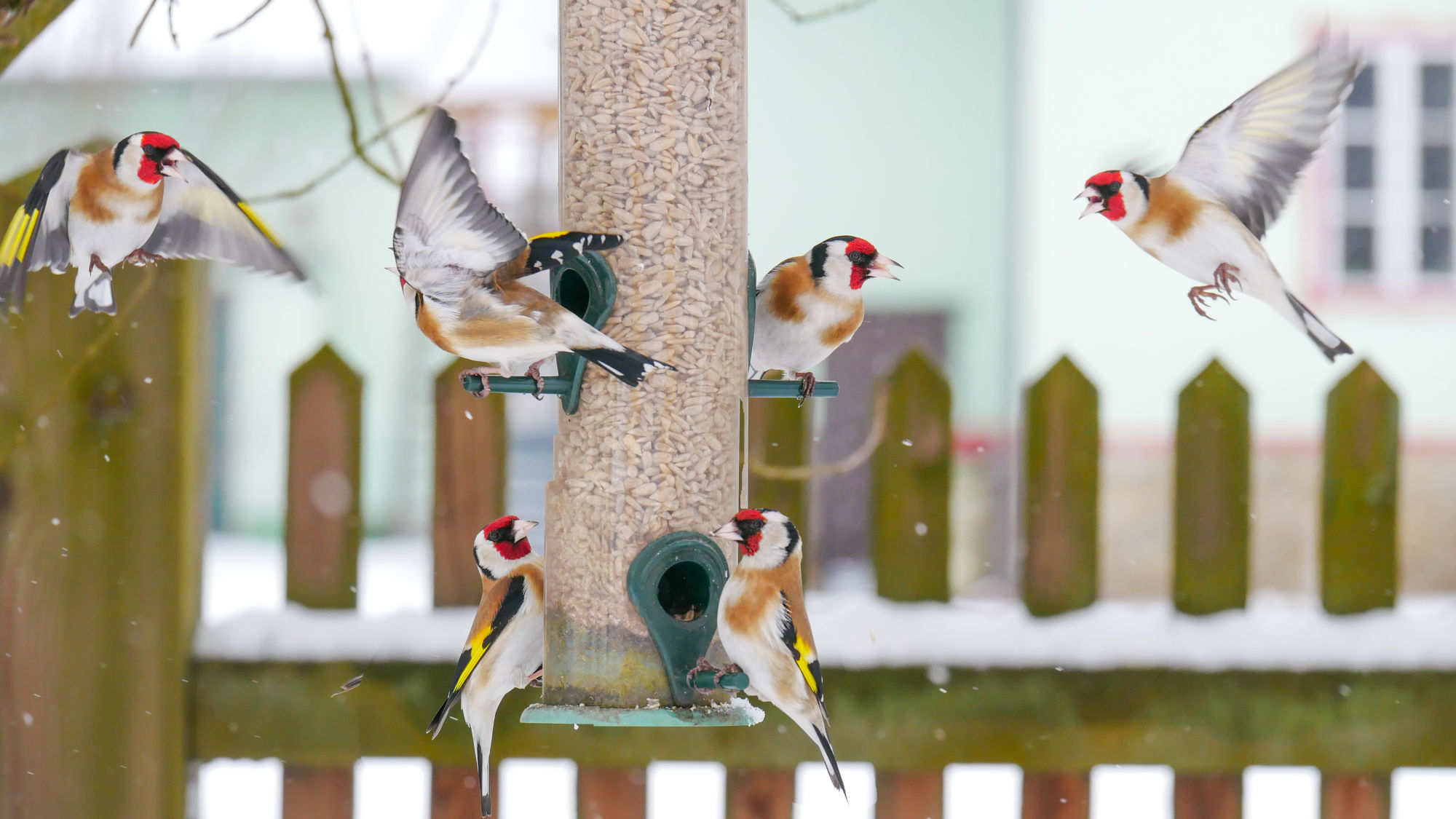For many of us, feeding birds is one of the most intimate and frequent contact points that we have with nature in our daily lives, bringing the beauty and fascination of their flight, song and antics right to our homes.
It is estimated that half of all British homeowners and about 52 million Americans feed birds.
Bird feeding has undoubtedly increased the number and diversity of birds we are seeing in our gardens and can be a wonderful compliment to providing a bird-friendly garden, filled with native food plants, places to hide and nest, as well as lots of structural diversity.
Pictures below:
Left: Rose-breasted Grosbeak, Right: Painted Bunting, ©Clay Taylor, Swarovski Optik
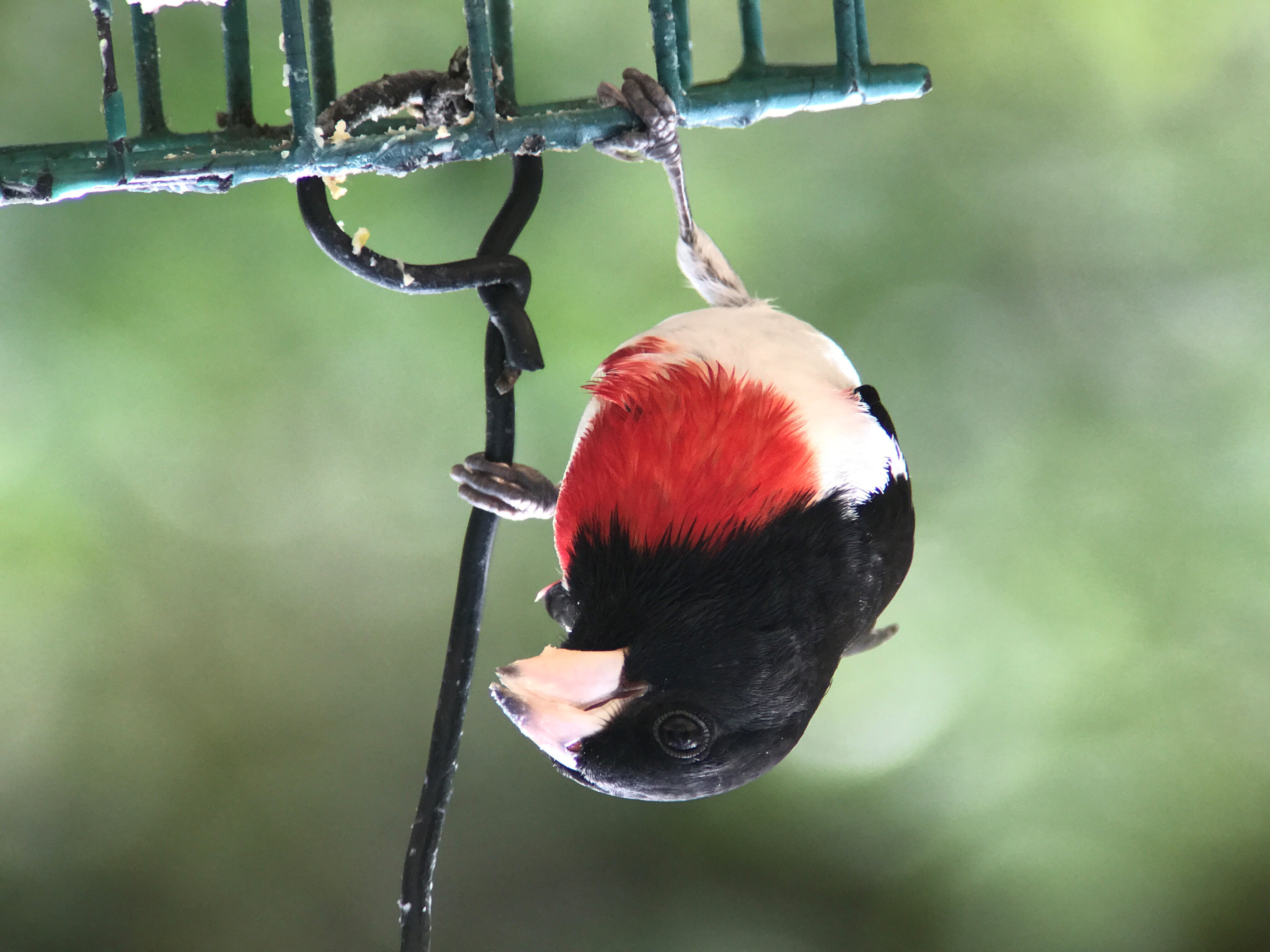
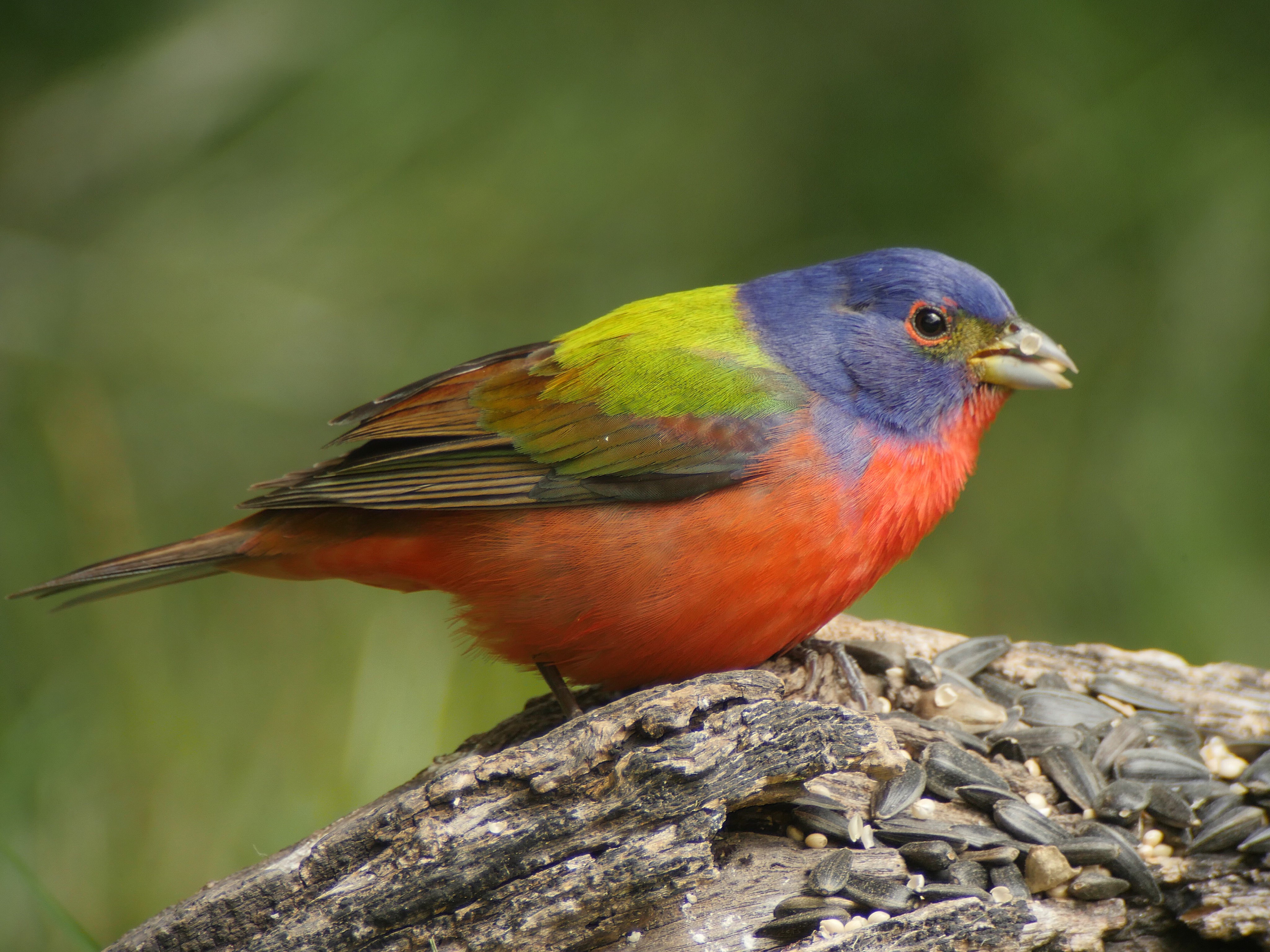
What should I feed?
Heading into the northern winter, birds will be looking for high-energy food sources to help them overcome frosty days, but a diversity of food is always a good idea for overall bird health. Sunflower seeds, fat balls and untreated peanuts are particularly popular in many regions, but try experiment with Nyjer seeds, white millet, red milo and others to see what the birds in your area like. Providing a reliable source of water (either open water or crushed ice on really frosty days) can also be important in many areas.
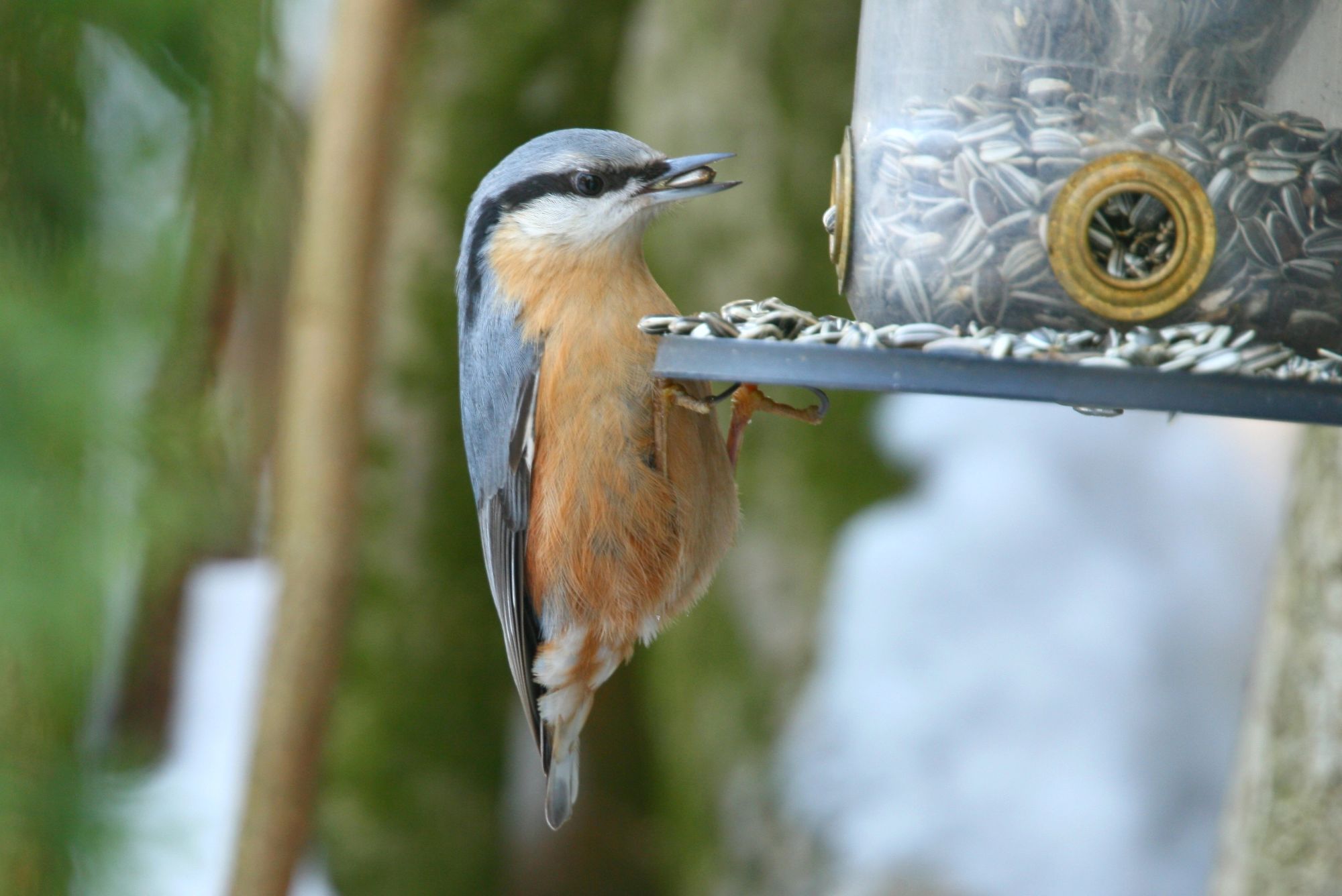
Please consider...
In order to avoid potential dangers for birds, it is always a good idea to make sure the birds are safe from prowling cats and that feeders are cleaned regularly to reduce the spread of disease.
As spring and summer hit, you will want to adapt what you feed the birds, offering more high-protein foods, including a diversity of seeds and mealworms, as well as fruits. Fats and whole peanuts should be avoided. Keeping feeders sterile and removing uneaten food is even more important in the warmer months as diseases and infections can spread quickly.
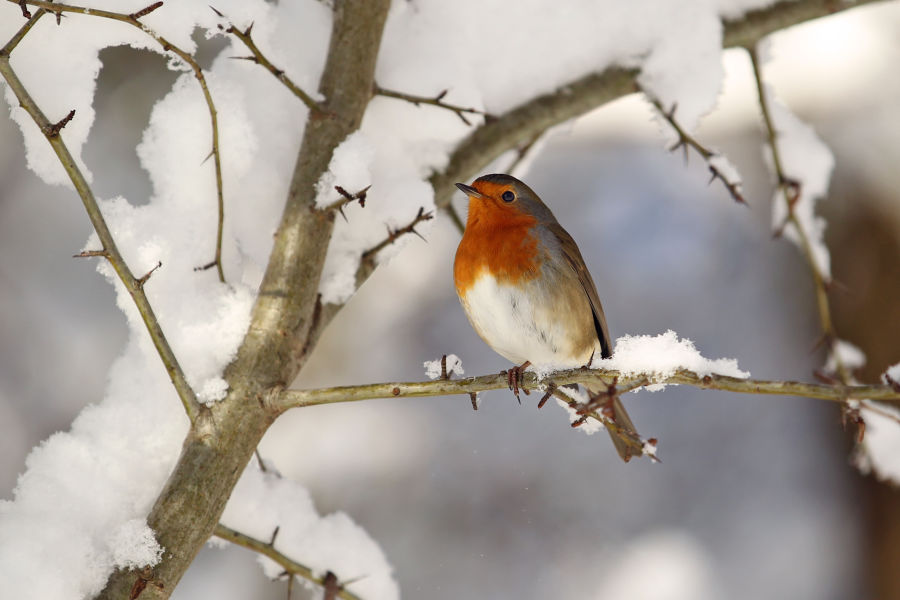
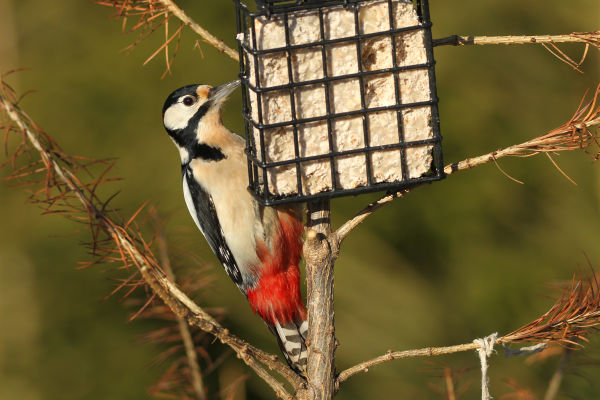
...feeding birds is one of the most intimate and frequent contact points that we have with nature in our daily lives.
European robin, ©Becher Claudia, LBV Bildarchiv (left)
Great spotted woodpecker, ©Hopf Dieter, LBV Bildarchiv (right)
For more information
The Cornell Lab of Ornithology in the USA has a lovely pdf guide to winter bird feeding and their Project Feederwatch has diverse articles on bird feeding, including the effect that bird feeding has on bird populations and an intro to understanding the pecking order at your bird feeder.
The RSPB in the UK also has a wonderful bird feeding guide, as does Vogelbescherming in The Netherlands (in Dutch) and NaBu in Germany (in German).
The LPO – BirdLife in France – has developed an absolutely ingenious app called BirdLab that asks players to monitor their standardized feeders at home and drawing the activity they see at the feeders in real time. This is allowing the LPO scientists to better understand which birds visit the feeders, how long they stay, how they interact with each other and much more.
Headerimage: © Manfred Polansky
